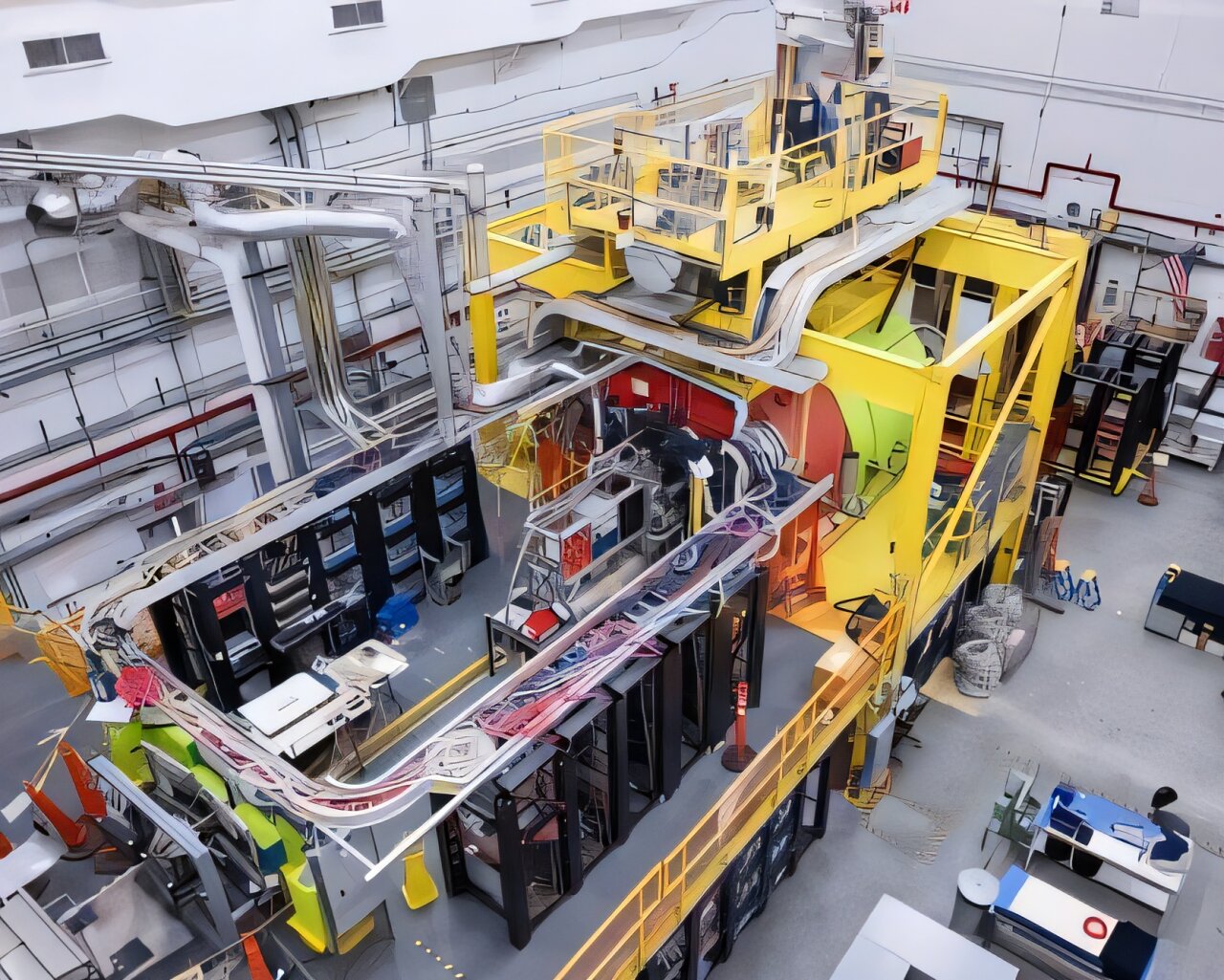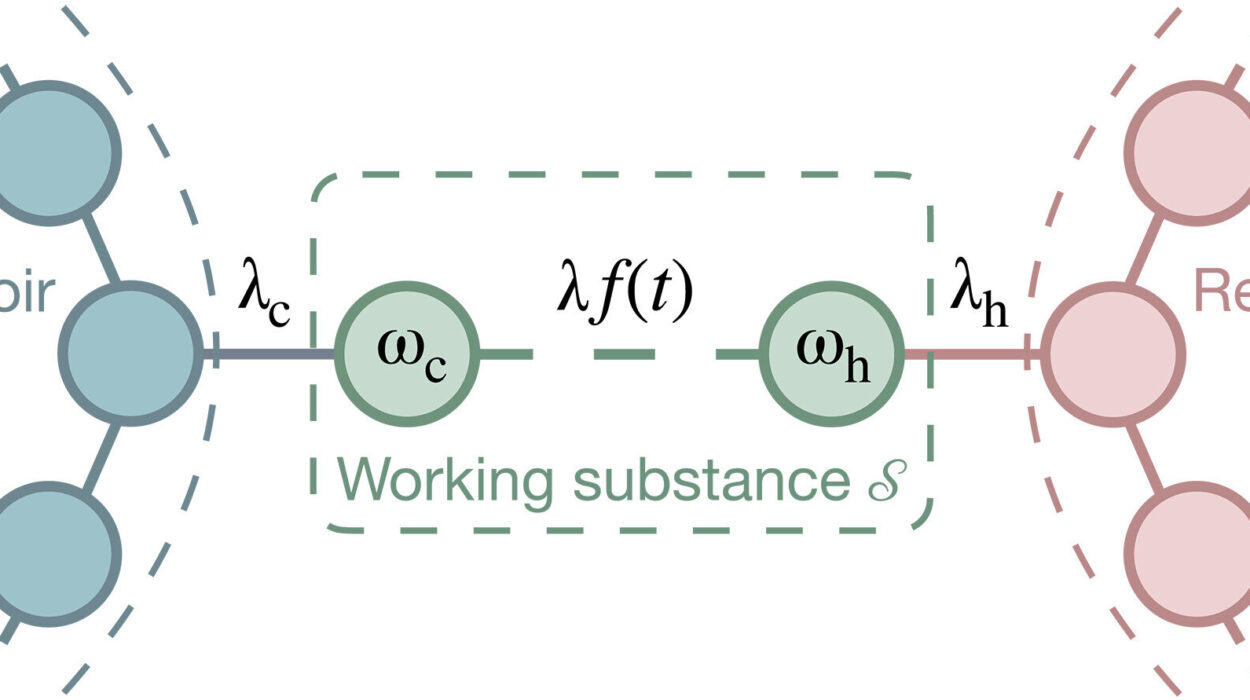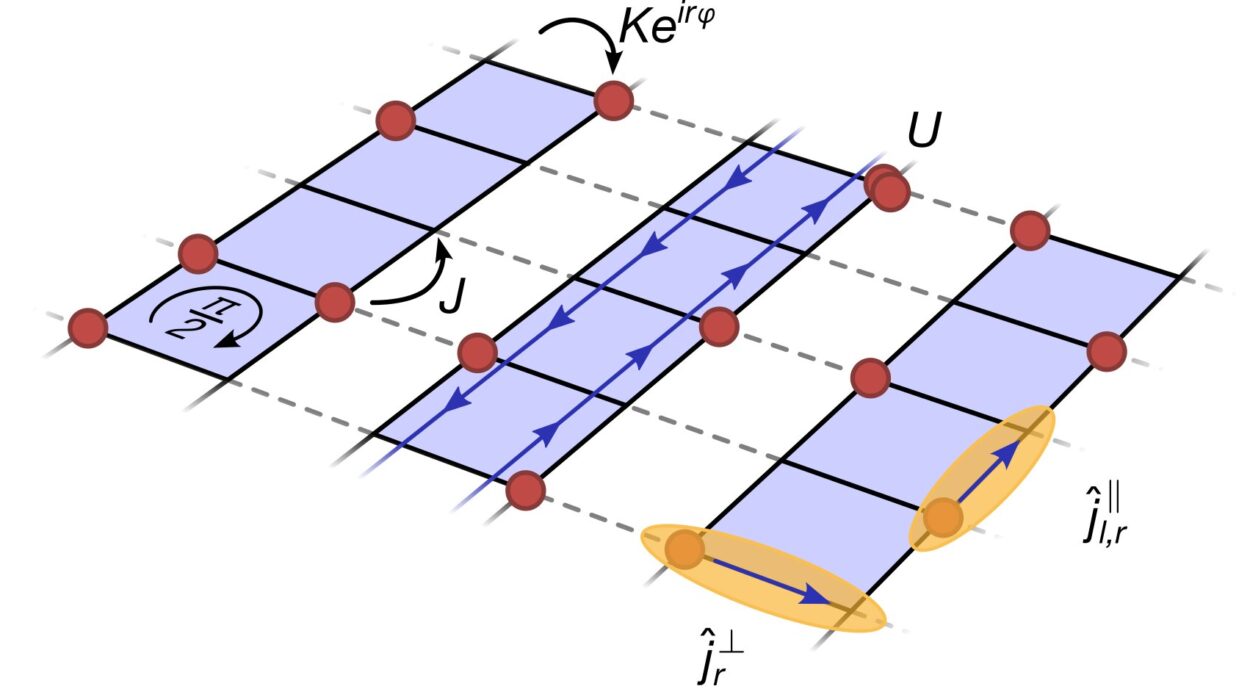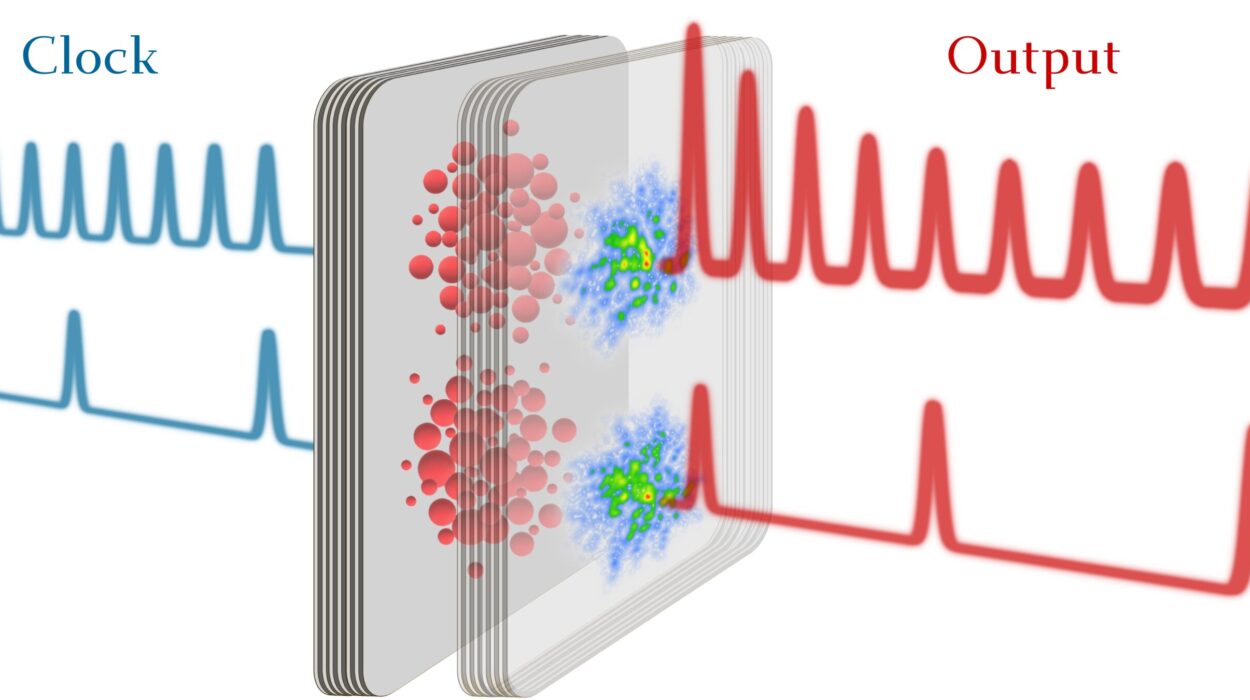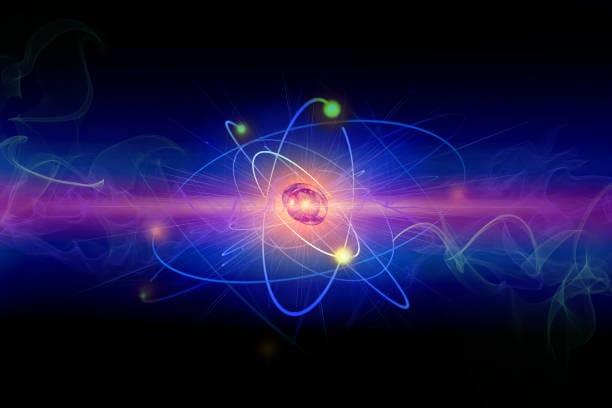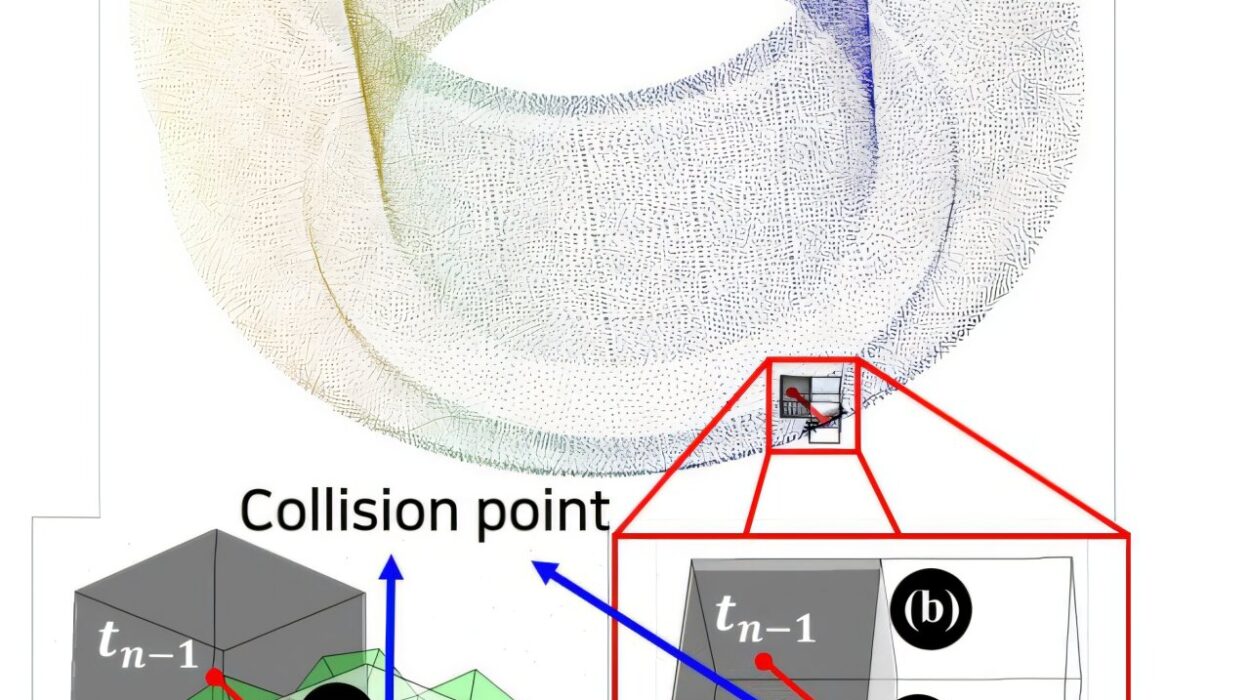Every atom in your body—every carbon in your cells, every oxygen you breathe—is composed of tiny, tightly bound cores called nuclei. These nuclei are, in turn, formed from protons and neutrons. But what binds those together? What force is powerful enough to overcome the intense repulsion of positive charges packed into unimaginably small spaces?
The answer lies in a nearly invisible tapestry of fundamental forces, the strongest of which is aptly named the strong nuclear force. At its heart are gluons—mysterious, massless particles that mediate this force. Unlike photons that carry electromagnetic interactions, gluons don’t just interact with matter—they hold it together.
Now, a team of physicists has taken a pioneering step into this elusive realm. Using the Department of Energy’s Thomas Jefferson National Accelerator Facility (Jefferson Lab), researchers have, for the first time, measured how this glue behaves inside the complex, buzzing interior of atomic nuclei. The result, published in Physical Review Letters and selected as an Editor’s Suggestion, opens a window into one of the least-understood regimes of quantum physics and marks a pivotal advance in our quest to understand what makes matter… matter.
The Puzzle of Gluons: A Missing Map
For decades, physicists have known that quarks—the building blocks of protons and neutrons—are glued together by gluons. The theory that describes their behavior, Quantum Chromodynamics (QCD), is as elegant as it is complicated. It predicts that gluons create a dynamic, ever-fluctuating sea within and around nucleons (protons and neutrons), binding quarks with a strength so overwhelming that free quarks and gluons have never been observed in isolation.
But while past experiments have illuminated the landscape of quarks, gluons have largely remained in shadow. Their neutrality—unlike quarks, they carry no electric charge—makes them notoriously hard to measure. Especially difficult is understanding how gluons behave when nucleons are not alone, but nestled together inside a nucleus. Does their distribution change? Does the “glue” become thicker, more turbulent, or more diffuse?
This is not just a technical curiosity—it is a fundamental question about how mass and matter emerge from the quantum vacuum.
The EMC Effect: A Clue Left Hanging
Physicists have long suspected that something strange happens to quarks and gluons inside atomic nuclei. Back in the early 1980s, the European Muon Collaboration (EMC) stumbled upon an anomaly. When they probed quarks inside nuclei using deep inelastic scattering, they noticed that the quarks behaved differently depending on whether they were inside a lone proton or inside a nucleus. This came to be known as the EMC effect.
The discovery stunned physicists. It suggested that the internal structure of nucleons could change just because they were bound together. But despite four decades of investigation, the mechanism behind the EMC effect remains one of the great mysteries in nuclear physics.
Could gluons be part of the explanation?
Until now, researchers had no way of knowing. The current study changes that.
Cracking the Gluon Code with J/ψ
The breakthrough came not from measuring gluons directly, but through a clever use of a heavy and exotic particle: the J/ψ meson (pronounced “J-psi”). This particle, composed of a charm quark and an anti-charm quark, isn’t part of the usual makeup of protons or neutrons. But that’s precisely what makes it useful.
When a high-energy photon—a particle of light—is fired at a nucleus, it can occasionally interact with a gluon inside a nucleon and create a J/ψ particle. Because this process involves a photon and a gluon, but not quarks from the original nucleus, J/ψ production becomes a powerful proxy for mapping gluon distributions.
And this is what the Jefferson Lab team set out to do. Using the Continuous Electron Beam Accelerator Facility (CEBAF), they bombarded various nuclear targets—including deuterium, helium, and carbon—with photon beams and watched for the fleeting creation of J/ψ mesons. Detecting these mesons, which decay almost instantly into an electron and a positron, allowed the researchers to trace where gluons were most active.
This experimental sleight of hand effectively turned J/ψ into a flashlight, illuminating the glue hidden in the dark.
Breaking the Threshold: A Quantum Leap
Traditionally, producing J/ψ required photons with energies above 8.2 GeV. That’s because a lone, stationary proton doesn’t have enough energy on its own to help create this heavy meson unless the incoming photon is highly energetic. But the Jefferson Lab team flipped this logic on its head.
By using nuclei rather than solitary protons, the researchers leveraged the internal motion of protons and neutrons inside the nucleus. These particles are not stationary—they jostle and dance, carrying their own kinetic energy. When combined with a slightly lower-energy photon, this internal motion can push the system over the threshold required to produce J/ψ.
It’s a subtle but groundbreaking maneuver. For the first time, scientists observed J/ψ production from below-threshold photon energies—something previously thought nearly impossible.
This experimental jiu-jitsu not only created new ways to study gluons, it proved that measuring the glue inside a nucleus is within reach.
From Data to Discovery: The Role of a Graduate Student
The measurement was born from data collected during a six-week experimental run in 2021. At the time, the J/ψ photoproduction wasn’t even the main goal of the experiment. It was more of a hopeful side mission. Whether it would even work was unknown.
Enter Jackson Pybus, then a graduate student at MIT. Drawing on techniques he’d learned while studying light-front dynamics—a mathematical framework for handling high-speed quantum particles—Pybus applied innovative analysis methods that allowed the team to extract meaningful signals from the noise.
His role was pivotal. “None of us, except for Jackson, would have been able to do this work,” said Or Hen, an MIT professor and one of the project’s lead investigators. The blend of theoretical insight and experimental finesse enabled the team to detect dozens of sub-threshold J/ψ events—enough to publish a landmark result.
Nuclear Glue Revealed: Anomalies and Avenues
The findings are already stirring new questions. When the team compared their data to theoretical models, they discovered that more J/ψ particles were produced than expected. That discrepancy hints at a tantalizing possibility: gluons may behave differently when protons and neutrons are bound together than when they are alone.
In other words, there may be a gluonic EMC effect.
It’s too early to say for sure, but the implications are profound. If confirmed, this would reshape our understanding of how nuclear matter is held together—and how its properties might change in extreme environments, such as neutron stars or heavy-ion collisions.
The experiment is not just an endpoint, but a map—a guidepost for future explorations of nuclear glue.
The Road Ahead: From Jefferson Lab to the EIC
What the Jefferson Lab team has done is blaze a trail. The next step, they say, is to scale it up. Instead of six weeks, they want 100 days of dedicated beam time. Instead of dozens of J/ψ events, they want thousands.
Such data could transform nuclear physics. And it would arrive just in time to inform the next-generation behemoth of particle physics: the Electron-Ion Collider (EIC), currently under development in the United States.
Slated to begin operations in the 2030s, the EIC will explore the role of gluons in building matter with unprecedented precision. But experiments like this one at Jefferson Lab are laying the groundwork, giving physicists a clearer sense of what to look for—and how.
A Universe Glued Together
In a sense, the story of this experiment mirrors the story of the strong force itself. Hidden beneath the surface, often overlooked, yet essential to everything. The nuclear glue that binds matter also binds the universe, and by studying it, we come closer to understanding why anything exists at all.
The work at Jefferson Lab is not just a technical triumph. It’s a philosophical milestone—a step toward grasping the invisible scaffolding of reality.
And though much remains unknown, this much is clear: the frontier of the strong force is no longer in total darkness. Thanks to the work of a determined team, and a few fleeting flashes of charm quarks, we are beginning to chart the contours of the glue that holds the universe together.
Reference: J. R. Pybus et al, First Measurement of Near-Threshold and Subthreshold J/ψ Photoproduction off Nuclei, Physical Review Letters (2025). DOI: 10.1103/PhysRevLett.134.201903. On arXiv: DOI: 10.48550/arxiv.2409.18463
